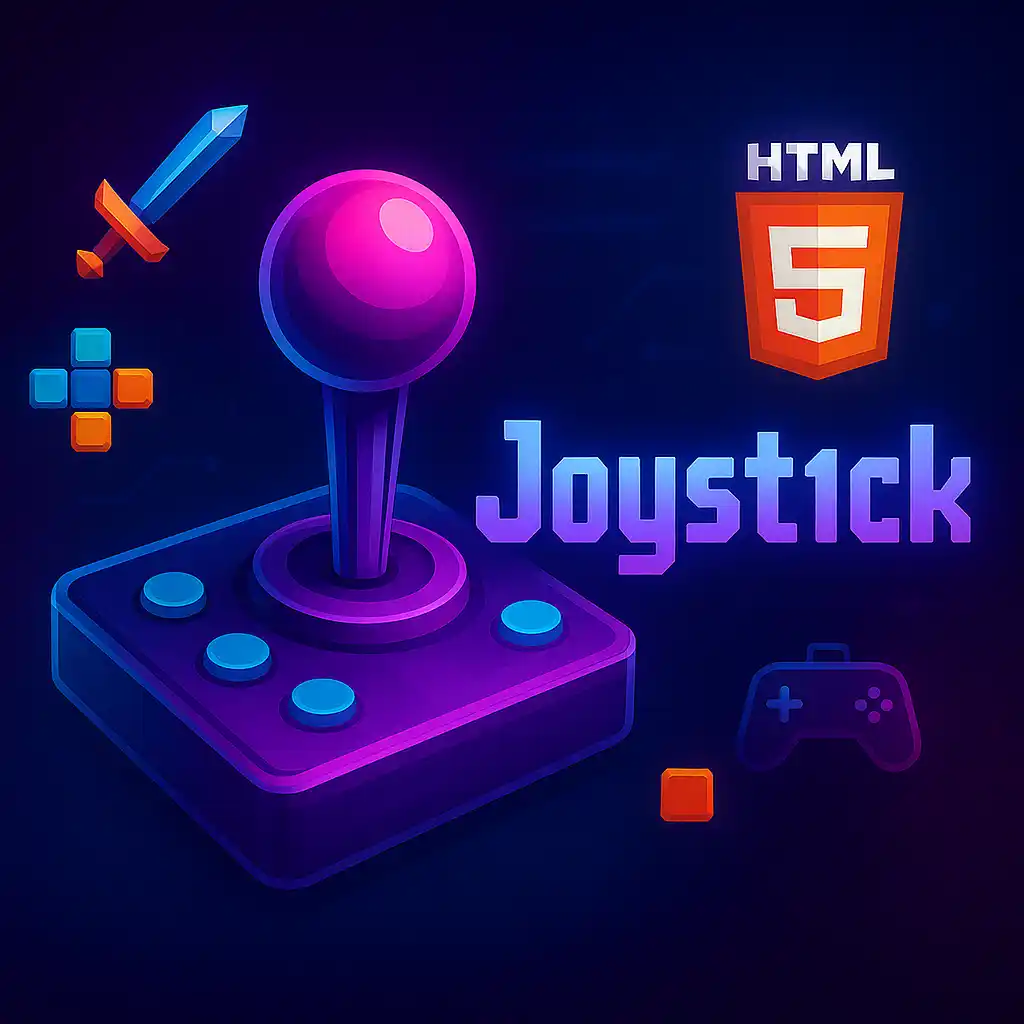Table of Contents
Creating Animated Flipbook-Style Effects for Game Cutscenes
Understanding Flipbooks in Game Development
Flipbooks in games are textures consisting of multiple images or frames arranged in a grid. These frames are played in a sequence to create animations, similar to traditional flipbook animations.
Key Tools for Digital Flipbook Animation
- Unity: Unity supports flipbook animations, often referred to as ‘sprite sheets’. It provides easy integration with its Animator component. You can create a flipbook effect by importing a texture atlas and organizing it into your desired sequence.
- Spine: Spine is a popular tool for 2D animation that supports skeletal animations and flipbook-style effects. It offers a comprehensive set of features for creating animations that can be exported and used in Unity.
- Adobe After Effects: A robust tool for creating motion graphics, it can be used to design the frames for a flipbook animation, which can then be exported as image sequences.
- Aseprite: For pixel art enthusiasts, Aseprite is an excellent choice. It allows for frame-by-frame animation, which is ideal for creating flipbook animations formatted as sprite sheets.
Creating Flipbook Animations in Unity
To implement flipbook animations in Unity, follow these steps:
Play free games on Playgama.com
- Create or obtain a sprite sheet comprising your animation frames.
- Import the sprite sheet into Unity.
- Use the Sprite Editor to slice the sheet into individual frames.
- Create an animation clip using these frames. This can be done by dragging the sprite sequence into an Animation window to generate an animation clip.
- Attach this animation clip to an Animator component on your game object hosting the animation. Configure the Animator to play the animation at the correct time during the cutscene.
Best Practices and Tips
- Consistency: Ensure all your frames have a consistent size, making it easier to slice and organize them in Unity.
- Compression: Use compression techniques to minimize memory usage without compromising visual quality.
- Timing: Adjust the playback speed of your animations to convey the right motion and emotion in your game’s cutscenes.
Conclusion
By leveraging these tools and techniques, you can create captivating flipbook animations for your game’s cutscenes, enhancing the visual storytelling of your projects.
